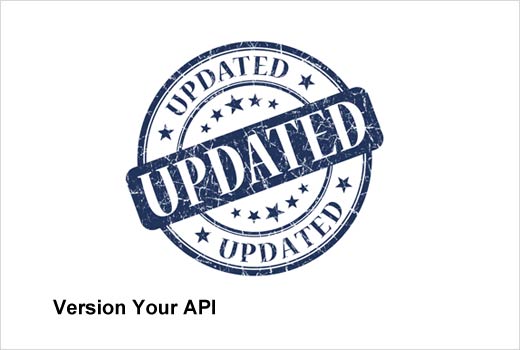In the last few years, application programming interfaces (APIs) have transformed how companies build products, interface with other companies and distribute content. By allowing third-party software to leverage content and services, businesses that develop an API are opening the door to new opportunities to engage customers, as well as foster innovation. If successful, an API can be a powerful business development tool that can have a significant impact on ROI and even shed light on potential new directions for the business.
In this slideshow, James Psota, co-founder and chief technology officer at Panjiva, a global trade platform helping buyers and suppliers connect, has identified five best practices to help companies through the process of launching a successful API.
James Psota, co-founder and chief technology officer, Panjiva. James is a veteran entrepreneur and is responsible for Panjiva’s technical direction and product development. James worked for Intel Research, where he incorporated artificial intelligence techniques into his computer architecture work. James also conducted artificial intelligence research at Caltech and is published in the field of computer science. While serving as Panjiva’s technology lead, James is pursuing a doctoral work in large-scale parallel computer architectures in the Computer Science Department at MIT. James holds a B.S., summa cum laude, in electrical and computer engineering from Cornell University and an S.M. in computer science from MIT.
Best Practices for API Success
Click through for best practices that can help organizations successfully launch an API, as identified by James Psota, co-founder and chief technology officer at Panjiva.
Demonstrate Clear Value
In order to have a successful API, you need to prove to potential users that it has a tangible business value. When a team first sits down to map out a company’s API, it’s important to begin at the end — start with at least three use cases or applications of your API. By identifying key use cases first, you can then determine which features would need to be incorporated to support that use case. Ultimately, this allows organizations to build a tool that is useful to customers.
Make Your API Accessible
When you’re developing an API, keep your customers in mind and make sure that your API is general and flexible enough that customers can try it on their own. Then, develop a showcase version of the API that can demonstrate a clear value for their business. By creating a plug-and-play version of the API, potential users can interact with the code and garner a sense for how the API works and could fit their needs.
Having Client Examples Is Key
Perhaps the most important element in launching a successful API is to have a successful proof-point – a beta customer – that you can reference when building your API showcase. Having a beta customer not only works as a next-level showcase application; it’s also a valuable way to garner feedback and fix any kinks or needed adjustments with the first edition of the tool.
Design for Easy Technical Integration
Knowing and speaking to your audience is another key step in launching a successful API. Make the developer’s job straightforward by writing thorough and clear documentation and, even more importantly, providing easy-to-modify sample code. And if customers do have questions, make yourself available for support.
Version Your API
It is vital that you maintain and update your API to meet the evolving needs of your users. Future-proof your API by versioning it. This will allow you to make structural changes over time, while maintaining a consistent experience (at least temporarily) for your users on older versions.








